Before I start ranting for the day… I should apologize for what must be an obvious lack of attention recently on this little venture of mine. I’ve been spending whole days at the library hammering out data these days, so it’s been a bit… taxing on the fingers and the brain for me to spend too much time on blogging.
But still, a man needs his tea, and keeping a diary of what I drink and what thoughts occurred to me was and still is the primary purpose of this thing.
I decided to start partaking some of the things I have purchased since I got here. I’ve already tried that cake I bought once, but the other stuff, I haven’t yet. It’s high time to try them now, a month after arrival and two earthquakes later…
This tea is a loose leaf puerh, allegedly aged 10 years, that I bought from Off-Chaism, one of the shops in the Yongkang area. It’s a bit expensive for what it is, but I wanted to buy some and try it, because it was a bit…. interesting when I tried it in the shop. Packaging in these high end shops tend to be nice
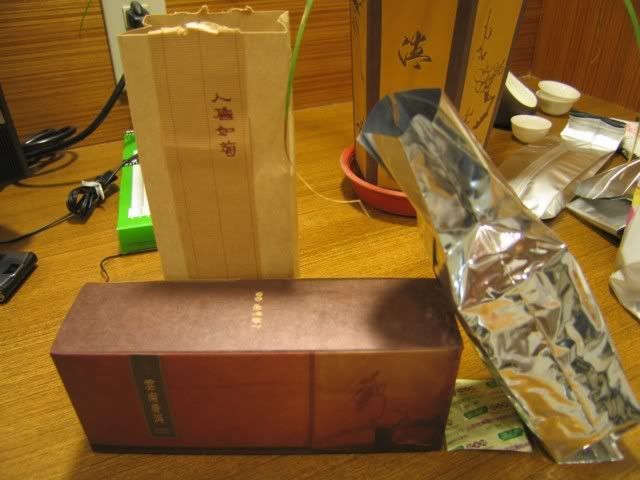
The original box is the darker brown one, then inside is the light brown envelope thing, within which is the foil bag. The little bag of moisture-soaking pebbles was enclosed within the foil bag. A lot of packaging for 100g of tea, really.
The tea looks nondescript, but you can smell a bit of agedness from it. I should probably leave the bag in open air for a bit — it should help the tea.
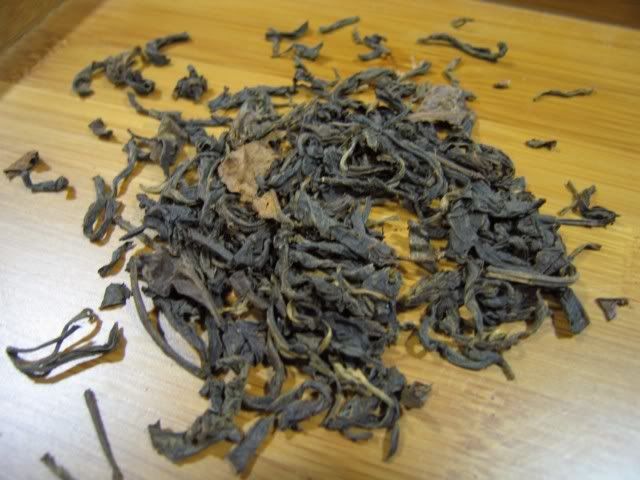
It brews up somewhat aged looking tea
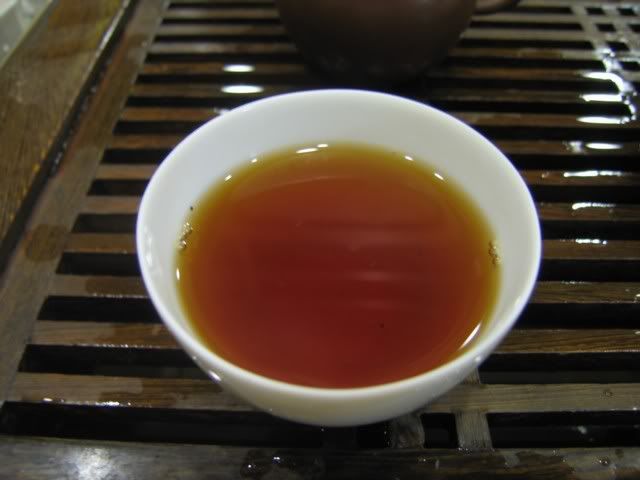
This tea is odd. At first it was really quite nice…. impressive aroma, great depth, pretty reasonable qi. It was not rough, still bitter, and overall quite decent. Somewhere in the middle, though, it starts to fade a little. Perhaps because it is loose leaf, it doesn’t last quite as long as compressed teas. The bitterness also stays quite constant, which was slightly annoying. I think it could be because it’s still transitioning, and perhaps if I air it out a bit it will get better, but I also think that the tea probably wasn’t a great tea from a great area when young — it reminds me of Lincang area stuff, or maybe even border tea of some sort.
The wet leaves turn out to perhaps prove my point
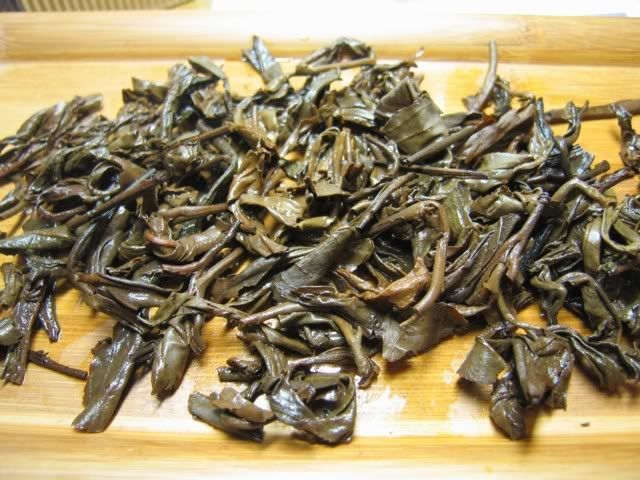
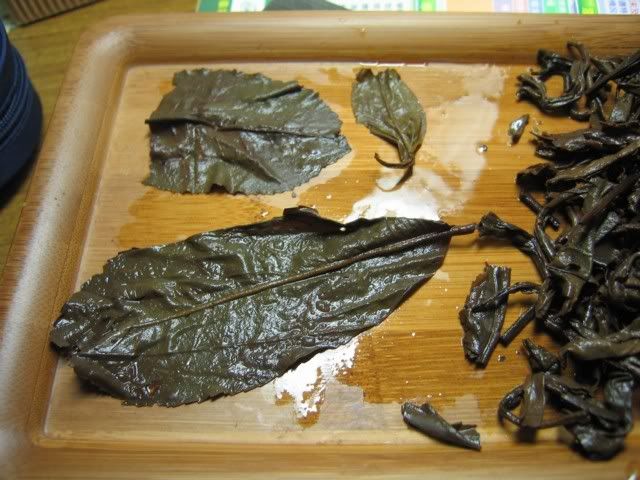
The leaves are large, but there’s a sort of roughness to the surface of the tea and a certain stiffness. Some of the leaves feel like yellow leaves, which are stiffer, rougher, as well as less flexible. Even the smaller buds don’t feel too great. This might possibly be due to storage too — I think the tea is a touch wet stored — but I don’t think wet storage in so light a condition would cause this alone. More likely, it was simply inferior leaves when it first started out.
I definitely won’t get this one again, although that initial few cups were quite ok. I think if I brew it with a lighter touch, I can get more of the aroma and less of the problems from the tea. At the price I paid though, I could spend some more and get a whole cake of stuff that’s probably better — or at the very least, with a lot more potential. Lesson learned, but it’s an interesting lesson nevertheless. Who knows, maybe give it another 10 years and it’ll be a fine tea, although I suspect the remaining ninety something grams won’t make it that far.



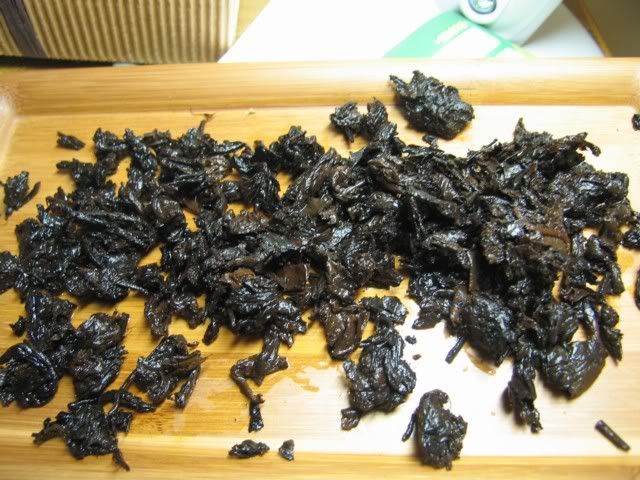
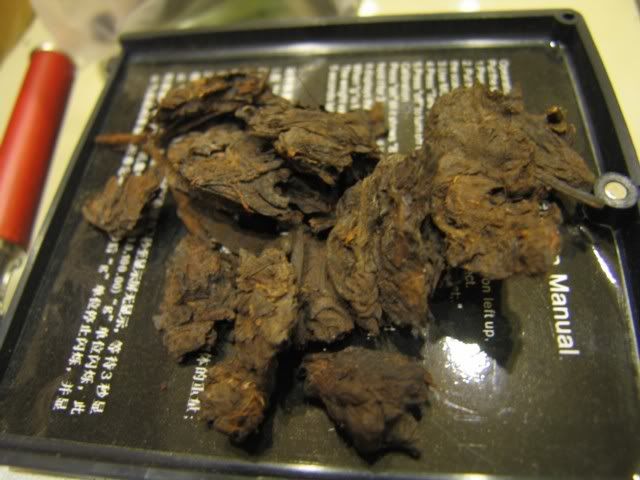
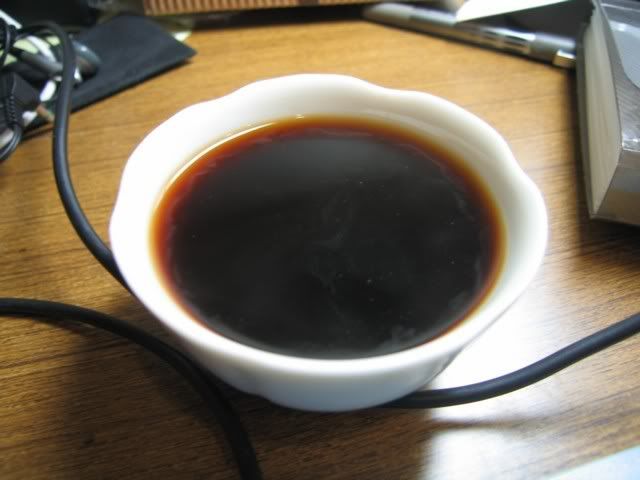
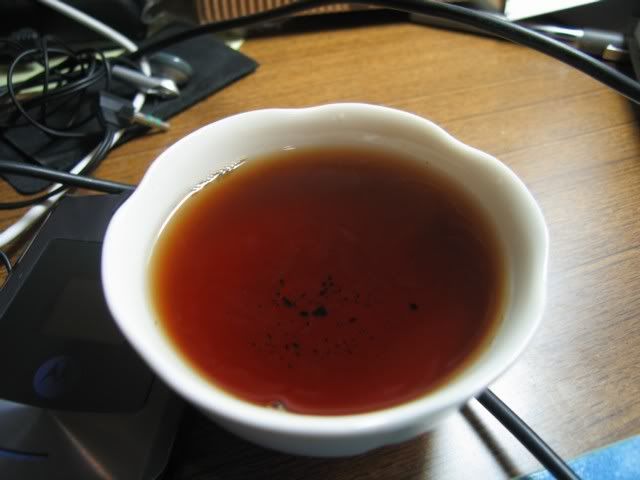


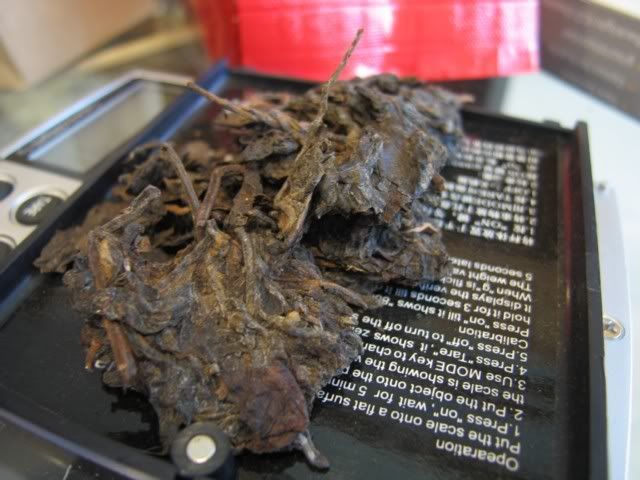
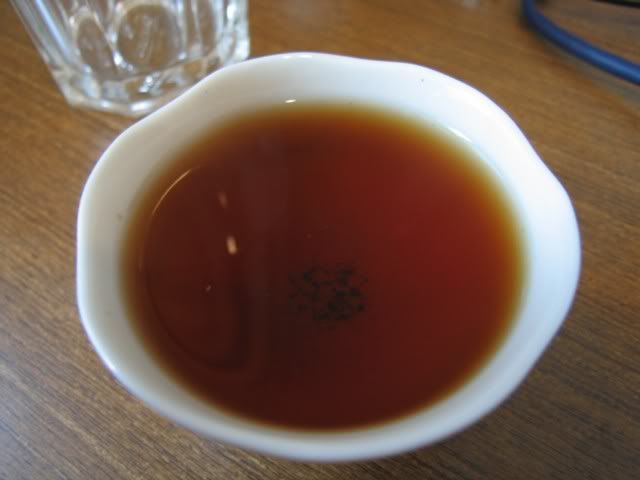
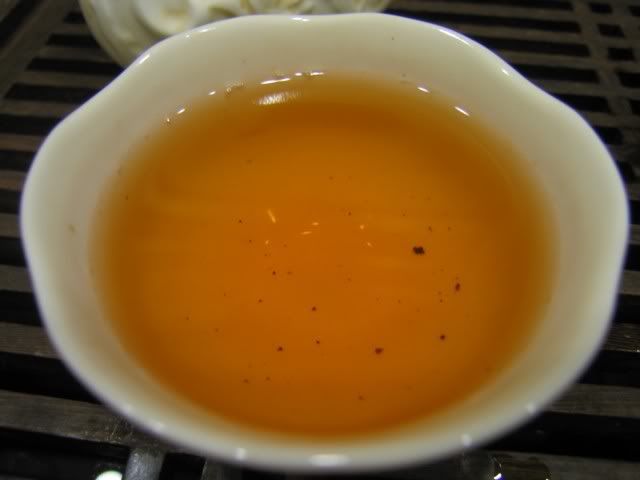
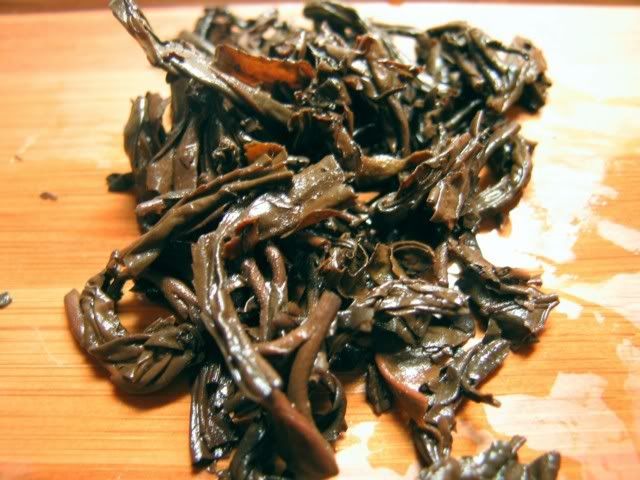
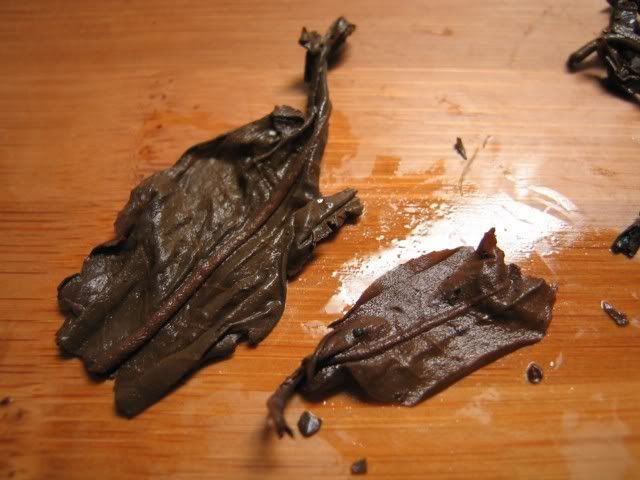
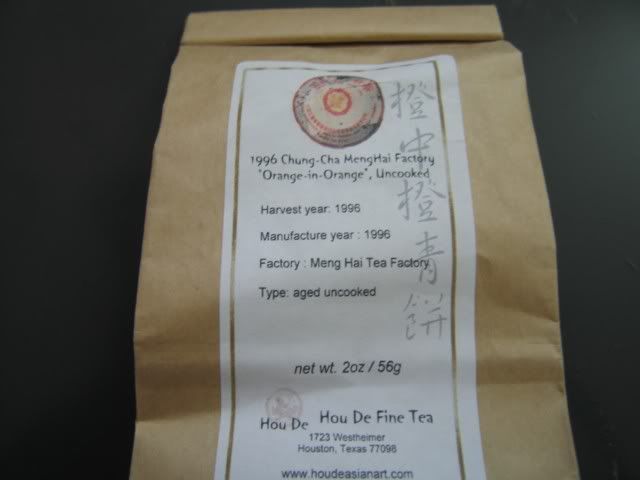

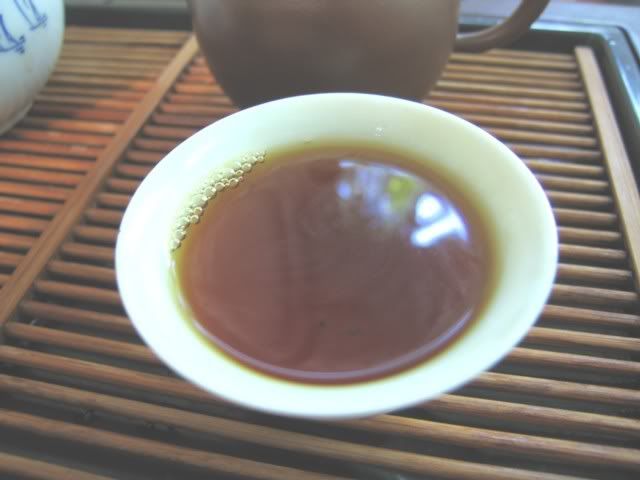
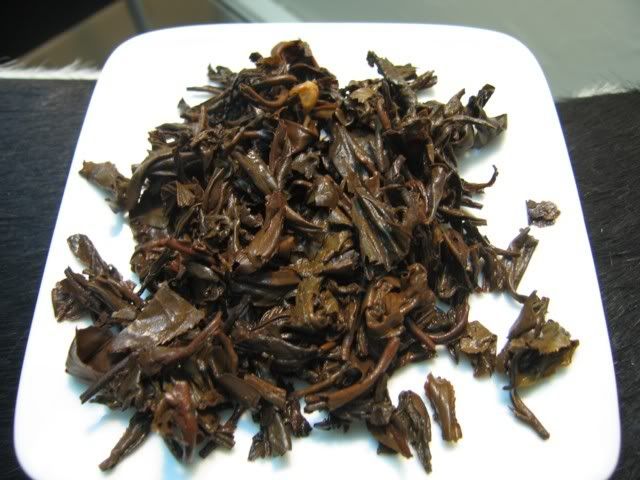
 RSS - Posts
RSS - Posts
I took you at your suggestion and have been reading some of your old post-Covid posts. I haven’t been to…